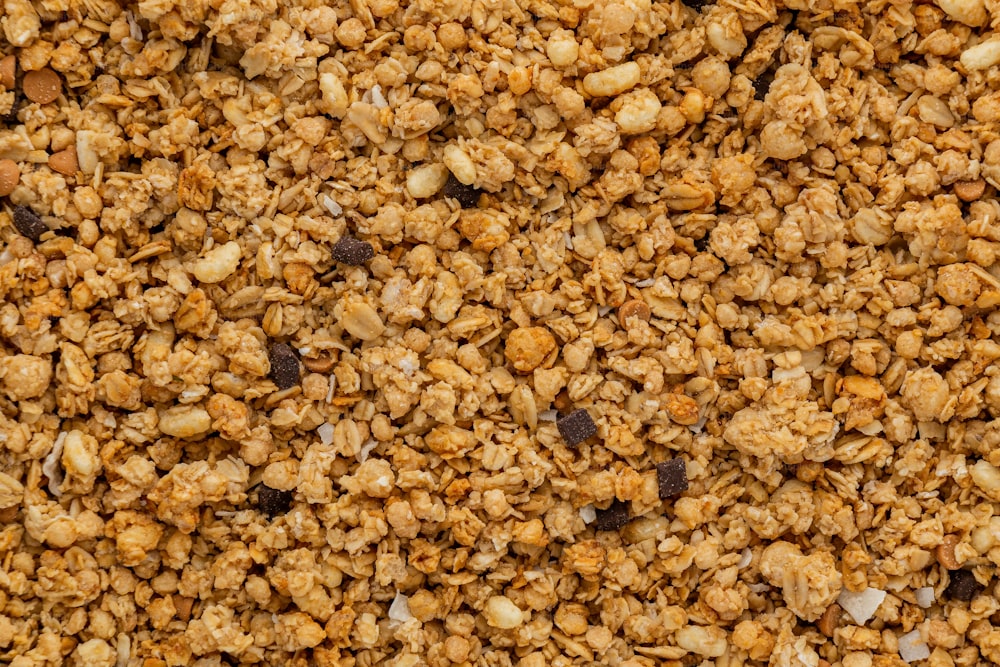Published 23:26 IST, April 14th 2024
For those with thyroid issues, the suitability of incorporating ragi into their diet is worth a second look due to its potential impacts on thyroid function.
Advertisement
In recent years, ragi, also known as finger millet, has become a popular choice for health-conscious individuals due to its nutritional benefits. However, for those with thyroid issues, the suitability of incorporating ragi into their diet is worth a second look due to potential impacts on thyroid function.
Understanding the impact of ragi on thyroid health
Ragi contains phenolic compounds, praised for their antioxidant properties, yet these compounds may also interfere with thyroid function by inhibiting enzymes essential for regulating thyroid hormones. More critically, ragi has goitrogenic compounds that can disrupt the uptake of iodine by the thyroid gland. Since iodine is vital for synthesising thyroid hormones, interference with its absorption can lead to complications such as goiter and other thyroid-related conditions.
Advertisement
Dietary recommendations for hypothyroidism patients
Individuals diagnosed with hypothyroidism are advised to be cautious about foods high in goitrogens, including ragi. Goitrogens can aggravate challenges with iodine absorption, complicating the production of thyroid hormones. It's crucial for those with hypothyroidism to monitor their intake of such foods and consult healthcare providers for tailored dietary advice.

Why consume ragi and other millets?
Despite the concerns, incorporating ragi into a diet can still be beneficial if done cautiously, particularly for those with thyroid concerns. Health experts recommend consuming ragi in moderation, suggesting no more than twice weekly and in controlled portions. To minimize the impact of goitrogens and phytic acid, it's beneficial to soak, sprout, or roast ragi before consumption. Similar preparation methods, such as soaking other millets for at least two hours, rubbing, and washing prior to use, are recommended to enhance their nutritional value and reduce antinutritional factors.
Advertisement
While ragi offers numerous health benefits, individuals with thyroid conditions should approach its consumption with care, balancing its nutritional advantages against potential risks to thyroid health.
23:26 IST, April 14th 2024